6 Reasons to Use a Telephoto Lens for Pet Photography
If you’re interested in pet photography, you’ve likely heard the term “telephoto lens.” Telephoto lenses are among the most popular lenses for animal photography (of any kind). They tend to be the staple in most pet photographers’ kits, and you’ll find out why in our article.
We go through six reasons you should use a telephoto lens for pet photography. To illustrate my point further, all the images in this article were taken with a Canon EF 70-200mm f/2.8L IS USM II lens.
[short_roundup products= “82730,24211,25720,23908” title= “The Best Telephoto Prime Lenses for Pet Photography” tag=” eproundupshorttable-20″]
Why Use a Telephoto Lens for Pet Photography?
A telephoto lens is generally a long lens that allows easy photographing of distant subjects. This is due to its long focal length. A lens is considered telephoto if its focal length is over 60mm.
Many people confuse a telephoto lens with a zoom lens. But they are different lenses. A telephoto lens can be (but does not have to be) a zoom lens.
Telephotos come in a variety of focal lengths. They can be “medium telephotos” (generally 70-200mm) or “” (longer than 300mm). They can also be either zoom or prime lenses.
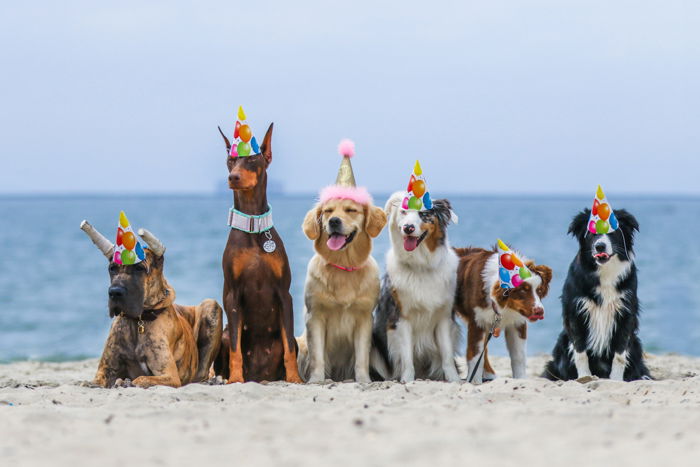
© Anabel Dflux
A telephoto lens allows a pet photographer to stay far back and not disturb the pet while taking pictures.
It is extremely useful for action photography in general, but it is also popular in portrait and macro photography. It produces a natural perspective free from distortion caused by using a wide-angle lens.
Telephoto lenses range from a fixed focal length to a zoom focal length. are generally sharper than zooms. An absolute favorite among animal photographers is the 70-200mm lens.
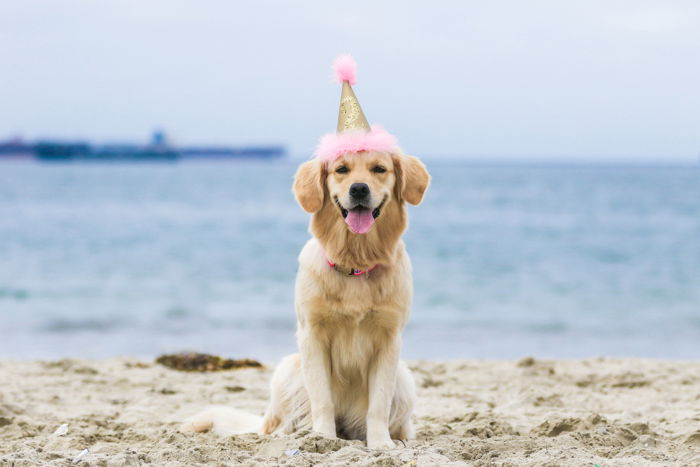
© Anabel Dflux
1. Pets Can Be Themselves, and You Won’t Interrupt the Action
Through my years as a pet photographer, I’ve noticed one thing. Pet owners love candid moments that capture their beloved companion’s personality.
When you take close-up pet portraits, the personality of some animals may not come through. This is because they are being posed, or they may feel insecure or odd with a stranger in front of them.
Occasionally, the owner’s stress level trying to pose the pet plays a part. It may affect how the animal behaves in front of the lens.
So, “hiding” is the key to catching those fun, playful, and iconic moments. When it comes to pet photography, sometimes the best shots are those in which you play no role.
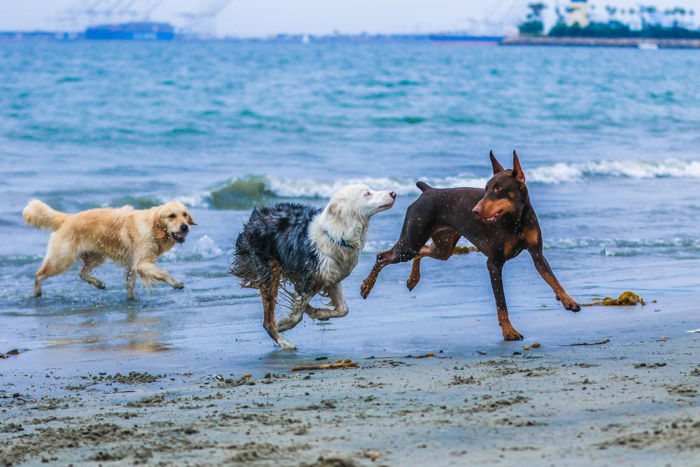
© Anabel Dflux
Standing or sitting farther back with a telephoto lens is often beneficial. And you don’t interfere with playful animals in front of you. With the length of a telephoto lens, you can sit quite far back. And the animal won’t even know you’re there!
Whether you have a fixed lens or a variable focal length, you can pick out your subjects at their finest.
Much of my work involves photographing canine sporting events, such as agility contests. The goal is to capture beautiful action shots without distracting the dog with your gear. The solution is to sit farther away and use a telephoto lens!
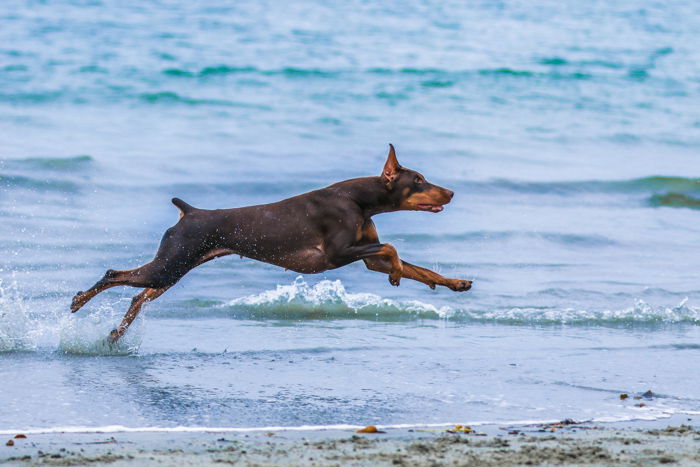
© Anabel Dflux
2. Telephoto Lenses Have a Natural, Distortion-Free Perspective
One key highlight of telephoto lenses is that they produce a realistic perspective of pets (minus the incredible zoom). Lenses without distortion are some of the easiest lenses to use. You do not have to factor in any form of misrepresentation due to curved glass.
When you can photograph something exactly as your eye sees it, composition becomes easier. This is especially key in pet portraiture, where you do not want your subject altered in any way.
Pet owners appreciate it when photographers capture their furry one from a true perspective. It’s best not to distort a pet’s proportions.
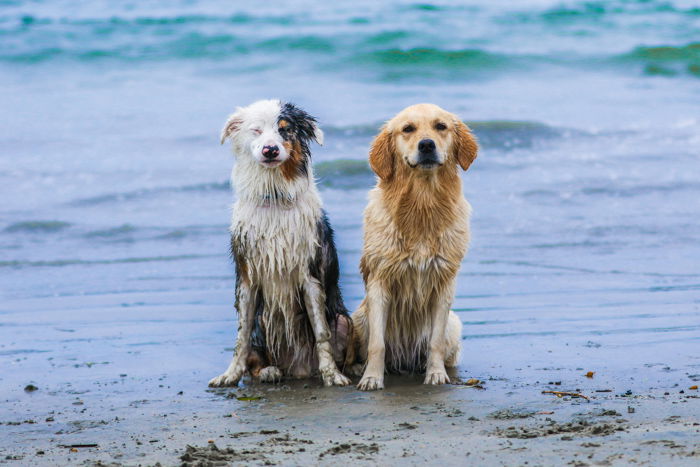
© Anabel Dflux
3. Telephoto Lenses Are Versatile and Offer Magnification
Telephoto lenses are as versatile as they are long! You can shoot everything from action shots to portraits, wild animals, and domestic pets. Because these lenses feature no distortion, you can use them for many types of pet photography.
Their magnification offers even more options. You can photograph moments that may not have been possible before. And you can switch between different types of photography on the fly.
Imagine capturing a photo of a bird perched on a faraway tree. And then you can immediately switch to a wild wolf running after a deer in the distance!
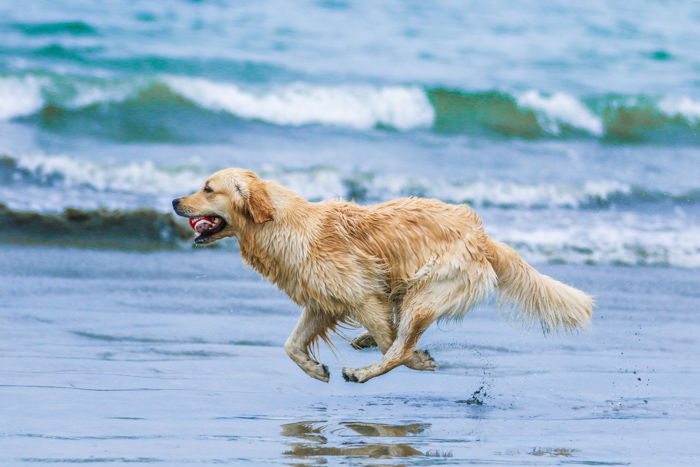
© Anabel Dflux
4. You Get a Shallow Depth of Field With Distant Subjects
Most telephoto lenses feature low apertures, which makes them fast lenses. The f-stop ( aperture) tells you how wide the lens can open.
The wider the aperture (a smaller number), the more light it lets in. And this means a shallower depth of field. The smaller the aperture (a larger number), the less light it lets in. And that means a deeper depth of field.
Lenses with a wide aperture are considered “fast” lenses. That’s because they can achieve the same exposure with a faster shutter speed.
What this little lesson on lenses leads to is a key benefit of using a telephoto lens. The smaller f-stop means that the lens produces a shallow depth of field. And this lets you isolate distant subjects from whatever cluttered location they are in.
This is especially wonderful if you’re taking photos of a pet in a park. You can highlight the dog you photograph among the trees or fellow dog friends. Plus, the shallow depth of field separates the subject from the background.
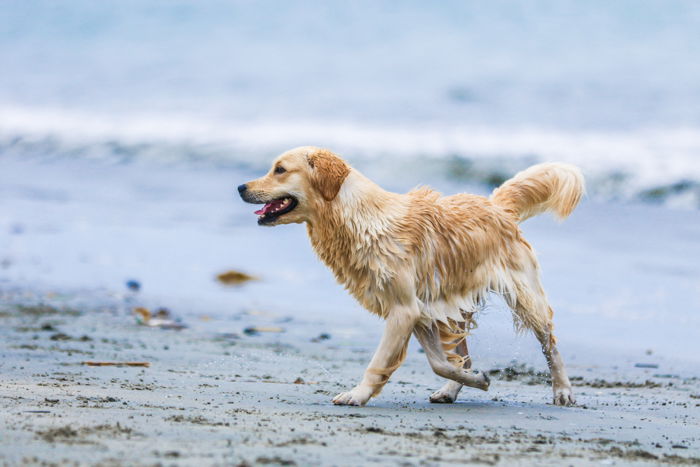
© Anabel Dflux
5. Many Telephoto Lenses Have Built-In Image Stabilization
Because of their weight, many telephoto lenses have built-in image stabilization. This is often denoted as “IS.” This system counteracts any form of shaking. And it attempts to prevent unintentional motion blur.
Image stabilization compensates for the movement of your camera or lens to produce a more sharp image. Camera shake is a problem at slow shutter speeds or with long focal length lenses, such as telephoto.
This works through a system of electromagnets that move internal glass elements. When you engage the image stabilizer, your camera activates the electromagnets. And it creates a “spring-like” suspension system where the glass absorbs camera shake.
Image stabilization is a fantastic tool, especially in low light! It can help you take photos of difficult pets moving around a lot, in low light, or action.
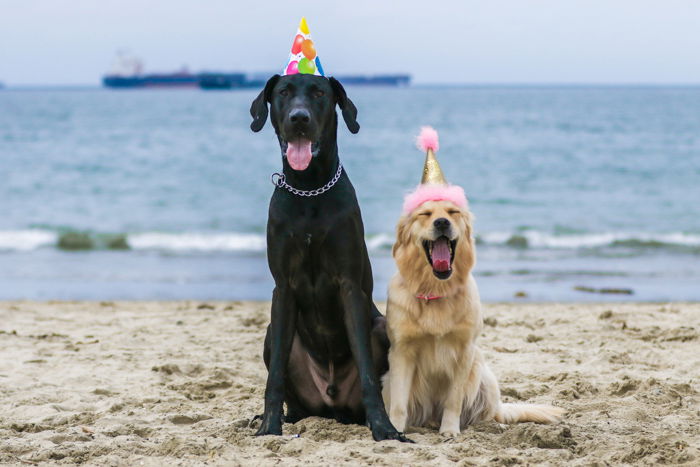
© Anabel Dflux
6. A Telephoto Lens Is a Worthy Financial Investment
Buying new camera gear should never be influenced by resale value. But there is logistic importance to this final reason. If you do pet photography for a living, keeping the future in mind is key. You can view your lens purchases as investments.
A lens retains more value when reselling than a camera body. Camera technology advances much faster than lens technology. So, older camera bodies quickly become obsolete.
But lenses will likely still be used five to ten years from now (if not even longer). Lens technology does not frequently improve. And when it does, it does not do so at such a rapid rate.
Telephoto lenses are highly prized in the photography world. You can sell telephotos years later and get most of your money back!
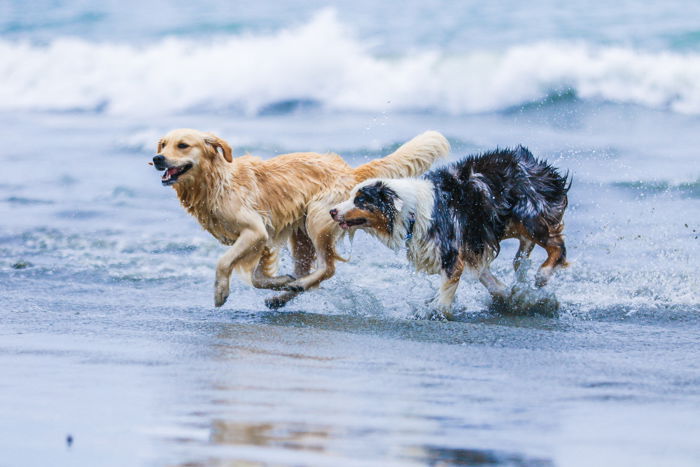
© Anabel Dflux
Drawbacks of Telephoto Lenses for Pet Photography
With every pro, there is a con. So keep the following in mind about telephoto lenses:
- Steep Prices: Telephoto lenses are expensive, especially compared to other lenses. The technology and material required to make these prized lenses aren’t cheap. Prices can range from $2,000 to $100,000 or more!
- Heavy and Large: Telephoto lenses are not small. One of the smallest is , but these lenses can weigh up to 40 lb (18 kg). They can be bulky to pack and physically exerting to carry, but you’ll spend less time at the gym if you use them often!
- Long Focus Distance: These lenses are intended for subjects farther away. So they won’t focus on subjects close up. Often, pets need to be several feet away.
- Difficulty Focusing: With any faraway subject, it can be difficult to nail the focus. It’s even more difficult with a shallow depth of field. So this requires lots of practice!
- You May Need a Monopod: Due to these lenses’ sheer size, you must use a monopod to compensate for the length and weight of many telephotos.
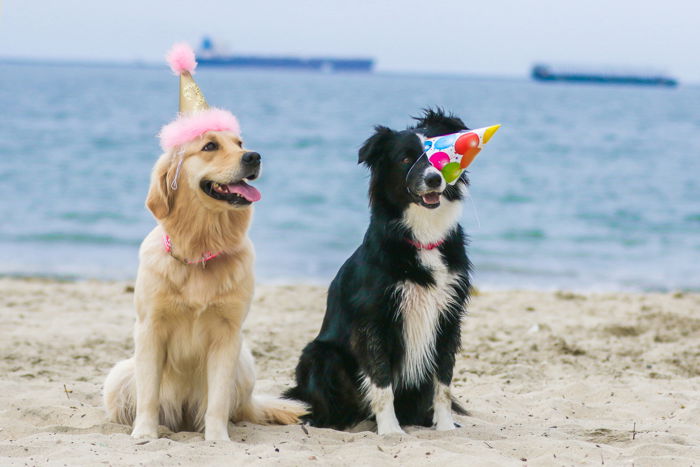
© Anabel Dflux
Conclusion: A Telephoto Lens for Pet Photography
You’ll have to weigh the pros and cons of a telephoto lens for pet photography and decide if it’s right for you. But we think telephoto lenses are a fantastic investment if you’re a pet photographer (as you can see from the pictures!).
From their versatility to their capability, these nifty long lenses will make you aesthetically stand out from the crowd. But more importantly, they give you fantastic images to show for it.
Check out our post about starting a pet photography business or our Perfect Pawtraits eBook to take beautiful photos of your dog.
[short_roundup products= “82730,24211,25720,23908” title= “The Best Telephoto Prime Lenses for Pet Photography” tag=” eproundupshorttable-20″]